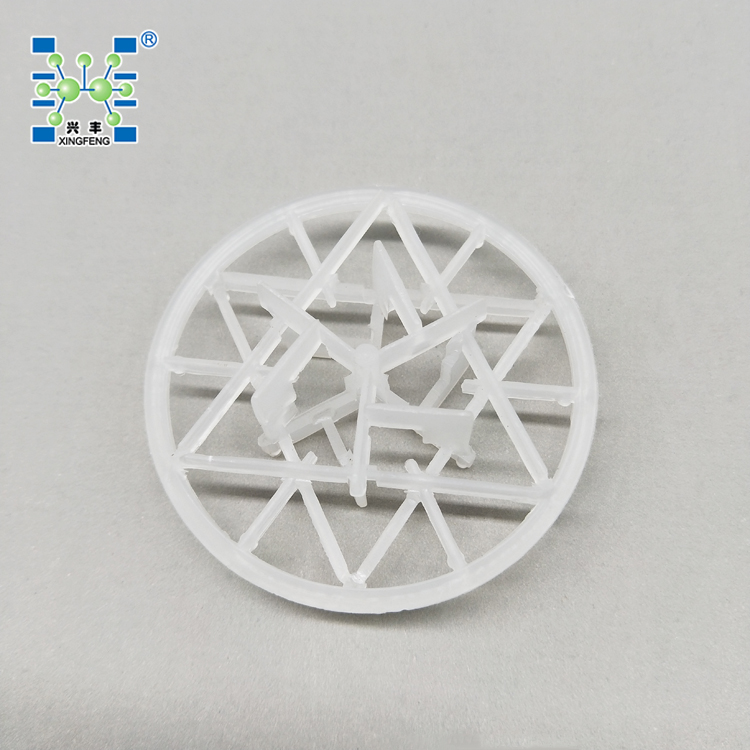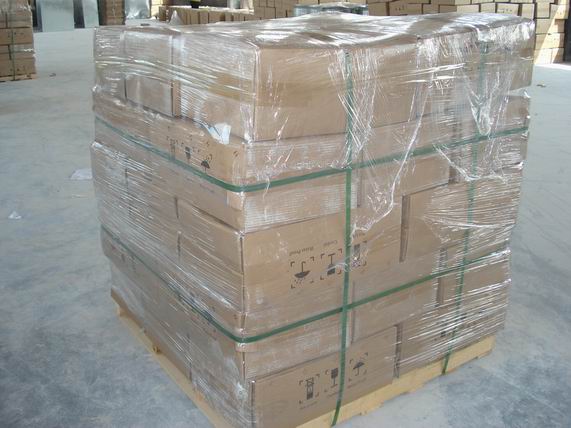We independently review everything we recommend. When you buy through our links, we may earn a commission. Learn more›
Advice, staff picks, mythbusting, and more. Let us help you. 92% Grinding Media

Depending on local availability, the Oldcastle Planter Wall Blocks are $2.50 per block with store pickup from Lowes, which makes it a great time to pick up a few for your upcoming raised-bed garden.
Gardening is a hobby that’s good for both body and mind. Tending growing plants is a meditative, contemplative process that (for me at least) provides something beautiful to focus on when the world is hard to process. And home-grown produce almost always tastes better than store-bought because it’s picked when it’s perfectly ripe. There’s also the added confidence of knowing exactly what went into the soil that produced it all.
But before you reap, first you must sow. Though much of gardening is passive—simply watering, waiting, and watching—the hard work is all front-loaded: lifting bags of soil, compost, and fertilizer; tilling the earth; and, of course, building beds for your plants.
Two years ago, my partner and I moved into a new house—our first as homeowners. We were tired, our bank accounts were nearly empty, and we didn’t have many tools in the garage. But we knew we wanted to invest in a garden, and we knew we wanted raised beds.
Being a Wirecutter writer, I’d love to tell you that I obsessively researched the subject before building my garden beds. I didn’t. Instead, my partner was at our local home-improvement super-center and stumbled upon Oldcastle’s planter wall blocks.
“Hey,” she texted me, alongside a photo. “These look like they might work?”
While she browsed the tomato starts, I scoured YouTube. I quickly discovered that people really love these bricks. In video after video, gardeners of all experience levels gushed over the simplicity and cost-effectiveness of these concrete blocks, and they shared tips on how to put them to best use. I was convinced. I rushed outside, measured our space, and texted her the dimensions. Several hours later (yes, that same day), the beds were complete.
As it turns out, I wasn’t the only Wirecutter staffer who was bewitched by these marvels of modern engineering: Two of my coworkers were building their own block-based beds at the same time. In the end, all three of us were impressed by how cheaply and easily our gardens came together.
These notched concrete blocks make it easy to add boards to create a 6-inch-deep garden bed, and you can stack them if you want to raise your garden beds even more.
If you live in an area that has fertile soil, in-ground gardening is simple and cheap. You can amend your naturally occurring dirt and get straight to planting.
But if you’re dealing with a high water table, bad soil pH, or a rocky hardpan underlayer (like me), raised-bed gardening is a great alternative. Building a raised bed allows you to create the soil mix you want from scratch. And you don’t have to deal with rocks, roots, and other obstacles to getting your plants seated in fertile ground. Raised beds are our best bet here in Central Oregon, because our rocky, volcanic soil makes it nearly impossible to plant anything directly in the ground without some serious work.
Raised beds can also make gardening easier on your back, help keep some pests away from your bounty, and allow you to start planting a little earlier in the season than you could with in-ground beds.
But why go with these Oldcastle blocks rather than with other raised-bed solutions? Oh, I’m glad you asked!
First and foremost, they’re wallet-friendly and readily available at most big-box hardware stores, which is something that can’t be said for many raised-bed-in-a-box kits.
“I did a lot of research on building garden beds, and by research I mean I looked at buying a garden kit because I’m not handy,” said Wirecutter’s Alejandra Matos. “My local hardware store was sold out of the most basic garden kits, and even those were a lot more expensive than buying the Oldcastle blocks and wood.”
A quick glance at listings from Lowe’s and Home Depot confirms that many raised-garden kits cost upwards of $100, even for small wood or galvanized steel beds. Some cost many times that. These bricks, meanwhile, sell for around $3 each, and you need only four of them for a basic bed. Add four lengths of suitable lumber, and you’ve got a rock-solid raised bed for well under $50.
Can you make a cheaper bed without these bricks, just by nailing or screwing those boards together? Yes, you can (video). But there are other advantages to the block-based approach.
Aside from cost, the biggest advantage to using these blocks is the ease of construction. The beds you’ll make with them are still DIY, but they’re the gardening equivalent of IKEA flat-pack furniture.
You don’t need power tools, you don’t need to figure out the most secure way to screw the whole thing together, and you don’t have to worry about connections failing at the corners. The actual labor involved in constructing your bed is minimal (though lugging the soil, wood, and blocks from your car is a workout). The bricks do all the alignment work for you, and the soil seats the boards in place. The whole thing comes together surprisingly quickly.
“It was so fast!” said Wirecutter’s Jessica Bell, who used the Oldcastle blocks to build a two-bed garden with her mother. “We did it all in one afternoon, and it looked way better than we thought it would. My mother really loved it, and it was so fun to build.”
At most, the tools you’ll need are a tape measure, a shovel, a rake, a hammer or rubber mallet, and a level (if you want to make sure everything is square and flat). But you could easily build and fill a bed with just a shovel, as long as you don’t mind slight imperfections: Just slide the wood into the slots in the blocks and add soil.
“My biggest piece of advice is not to overthink it,” said Alejandra. “My garden is in a sloped area of the yard, and I probably should have leveled it off, but the basil, shishito peppers, and tomatoes still thrive.”
Your garden beds become exceptionally modular with the Oldcastle blocks because every side of each block has a slot to grip the end of a 2-by-6 board. You can play Tetris with your garden, adding extra boxes to the side of an existing bed or creating different shapes that make it easier to access different plants. You can also have beds of different depth attached to one another, to create a terraced look.
Jessica told me that because her mother, Jeanette, is “really short,” they calculated her wingspan in order to determine the width of her garden beds. “We decided on a U-shape since it allowed her to reach all parts of the garden,” Jessica said. “It was also a more interesting shape, and she kinda liked that.”
To start, make sure there’s a sunny spot in your yard with room for a raised bed. Think about how big your bed needs to be to support the quantity of plants you want to grow, bearing in mind that each vegetable plant needs anywhere from several inches to several feet of garden space to grow properly.
Remember, too, that you’ll need to be able to reach into the center of the bed to prune plants and pick your produce. And you’ll want to leave at least a few feet around the perimeter so you can easily access all sides of the garden.
Ideally, the spot where your bed will go should be level in order to promote even watering and proper drainage. If it’s not naturally flat, you can level it with a shovel and a rake before constructing your bed.
The Oldcastle blocks make it easy to customize the shape of your garden beds. Photo: Jessica Bell
Once you’ve gotten your materials home, assembly is easy (video). Simply place your blocks at pre-measured intervals to create the bed shape. Then slot the wood in, add your landscaping fabric or chicken wire (if needed), use a rubber mallet (or your foot) to tighten things up, and fill the box. Yes, it’s really that simple.
Here are a few extra tips that may help improve the stability and longevity of your raised garden beds:
Jessica’s final tip for budding gardeners? “Plant way more tomatoes than you think you need. Sooooo gooood!”
This article was edited by Annemarie Conte and Elissa Sanci.
These 40(ish) useful things are some of our favorite gardening picks.
These are the tools and supplies you need to start a container garden in a small area.
Here’s everything you need to keep your yard tidy, no matter what winds up on the ground out there.
Delight your favorite green thumb with gifts that are useful, rugged, and a little luxe.

Ceramic Balls Wirecutter is the product recommendation service from The New York Times. Our journalists combine independent research with (occasionally) over-the-top testing so you can make quick and confident buying decisions. Whether it’s finding great products or discovering helpful advice, we’ll help you get it right (the first time).